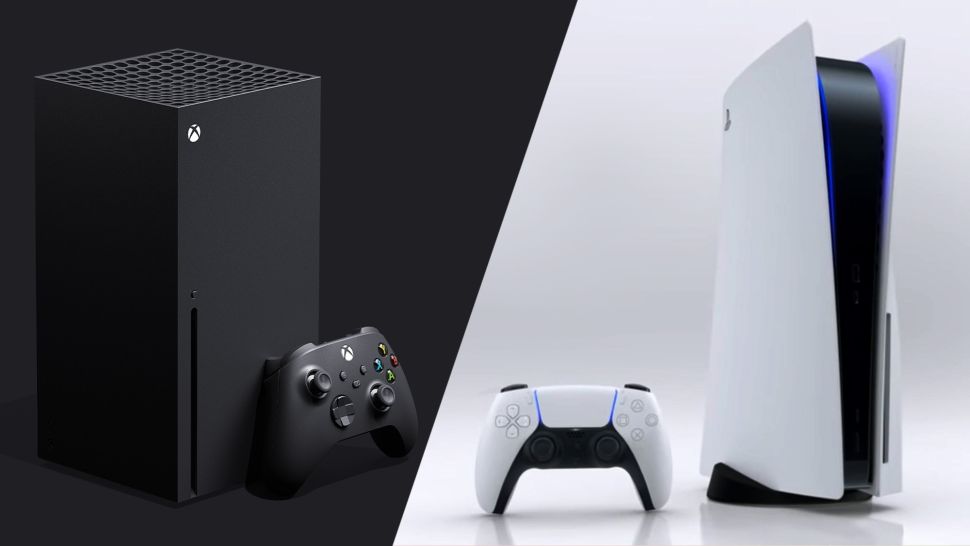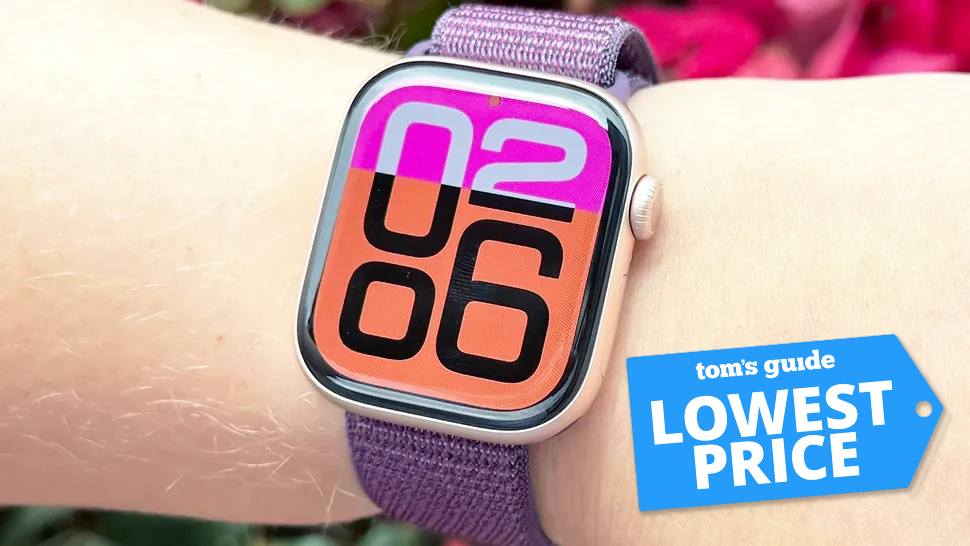PS5 and Xbox Series X will solve a huge console problem — here's how
Xbox chief Phil Spencer talks cooling challenges

The design for both the Xbox Series X and PS5 has come in for a fair bit of criticism over the last few weeks, but it was always going to be a tough design challenge. The problem with pushing 4K and 60fps (your mileage may vary) is that the hardware generates an awful lot of heat, so the idea that your new console will be of PS3 Slim proportions is simply fanciful.
With that in mind, it’s perhaps unsurprising that Xbox boss Phil Spencer was quite complimentary of what the Sony team has achieved with the PS5’s design. In an interview held in the neutral ground of an Animal Crossing island, Spencer expressed some sympathies with the challenges Sony engineers face.
- Batman Gotham Knights/Court of Owls game: Everything we know
- Everything we know about Intel Tiger Lake
- Just in: Chromebooks just became serious gaming laptops — here's how
“It’s hard because I know the physics that we’re both dealing with when it comes to these consoles,” Spencer told the host Gary Whitta around the 40-minute mark in the video below. “And cooling these consoles — the power, the energy use — that presents real challenges this generation. We’re talking about consoles — with the CPU and GPU — that are real powerful computers, effectively.
“We chose our design because we wanted a large fan that we could spin a little more slowly so we’re not making noise,” he continued. “So we built a form-follows-function design so that we could draw a lot of air with a big fan spinning a little bit slower so we didn’t get those high-pitched whining sounds that sometimes consoles can make.”
Sony, on the other hand, has taken a different approach. While the Xbox Series X has 52 compute units at 1.825GHz, the PS5 has just 36 – but each one can hit 2.23GHz, which could spell a whole lot of heat. It’s presumably why the early dev units had a large central grille for drawing in air — something that’s better hidden in the final design.
“Knowing that the PlayStation 5 is running at higher clocks, it just creates more [heat]” Spencer continued. “I like the design of what they did. I have a lot of respect for what the teams do at PlayStation. But they’re running their box differently than we are, and it creates unique design challenges in how you keep these things cool.”
One thing that the two consoles do have in common is size: they’re both enormous, as the picture below — based on the relative sizes of the disc drives and USB ports — indicates.
Sign up to get the BEST of Tom's Guide direct to your inbox.
Get instant access to breaking news, the hottest reviews, great deals and helpful tips.

While every PlayStation to date has been slimmed down eventually, it’s not something that happens overnight. The original PlayStation took six years to get a smaller unit, while the PS2 managed to knock two years off this and do it in four. Both the PS3 and PS4 got slim models three years after the originals launched, though — so maybe save up for some point in 2023?
In short, “hardware is hard,” as Spencer told Whitta. “You make these hardware decision years in advance, because you’re making bets on technology that isn’t created yet from our partners at AMD.
“It’s like throwing a lawn dart 100 yards and hoping you hit a target that hasn’t been drawn yet.”
Freelance contributor Alan has been writing about tech for over a decade, covering phones, drones and everything in between. Previously Deputy Editor of tech site Alphr, his words are found all over the web and in the occasional magazine too. When not weighing up the pros and cons of the latest smartwatch, you'll probably find him tackling his ever-growing games backlog. Or, more likely, playing Spelunky for the millionth time.


